St. John's Wort Control: Learn How To Control St. John's Wort
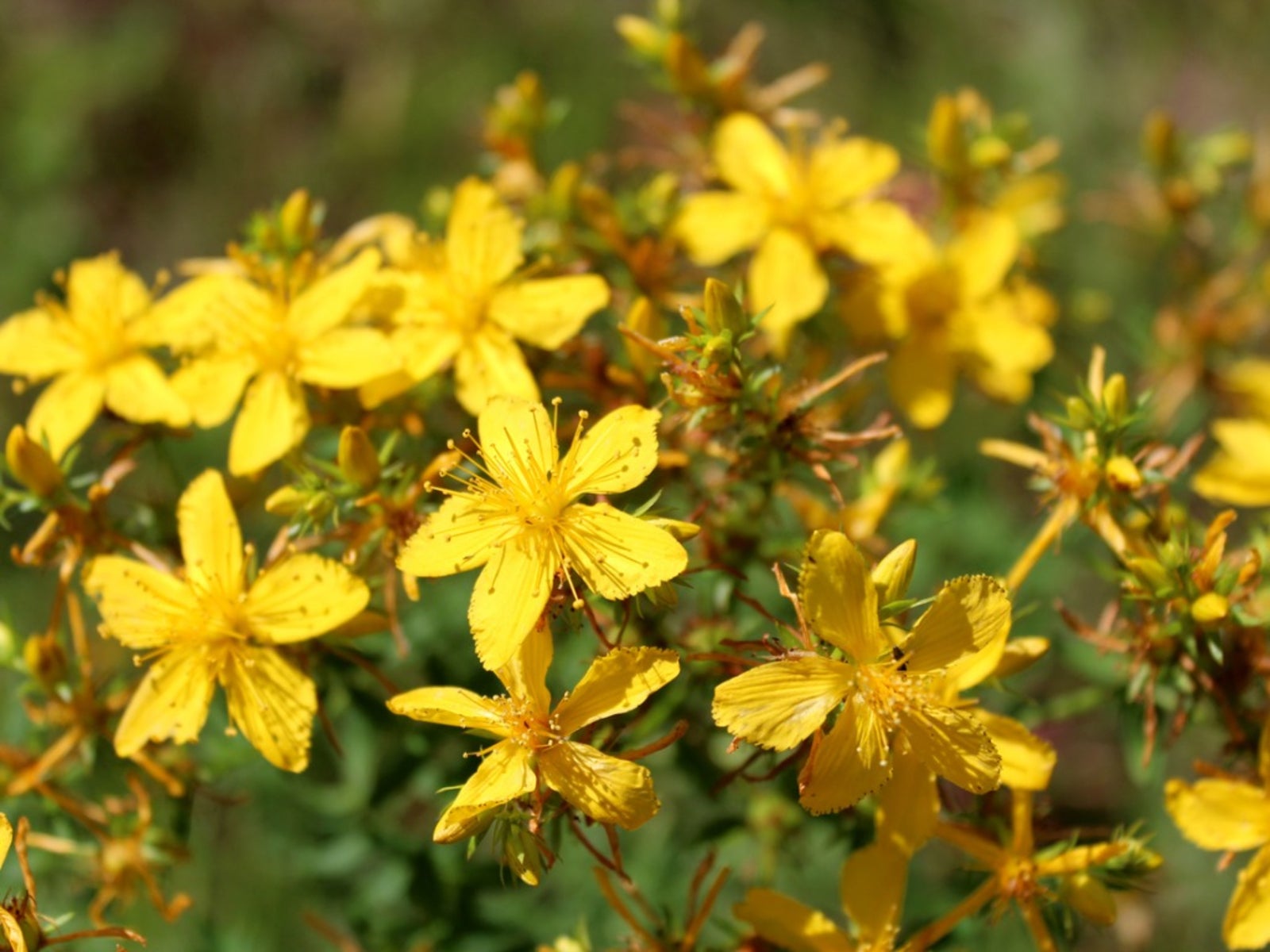

You may know about St. John's wort for medicinal purposes such as the relief of anxiety and sleeplessness. When you find it spreading throughout your landscape, however, your main concern will be getting rid of St. John's wort plants. Information on St. John's wort says it's a noxious weed in some areas. Learning how to control St. John's wort is a long and tedious process, but may be accomplished through significant effort. When you begin getting rid of St. John's wort, you'll want to continue until the weed is completely under control.
About St. John's Wort
St. John's Wort weed (Hypericum perforatum), also called goatweed or Klamath weed, like many invasive plants of today was introduced as an ornamental in centuries past. It escaped cultivation in the United States and is now listed as a noxious weed in several states. Native plants in many ranchlands are forced out by this weed that can be deadly to grazing cattle. Learning how to control St. John's wort is necessary for ranchers, commercial growers, and home gardeners as well.
How to Control St. John's Wort
St. John's wort control begins with an evaluation of how widespread the weed has become in your landscape or field. Small infestations can be handled manually by digging or pulling St. John's wort weed. Effective St John's wort control with this method comes from removing all the roots and getting rid of St. John's wort before it produces seeds. It may take weeks or even months of pulling or digging to get rid of St. John's wort. Burn the weeds after pulling. Don't burn off the area where St. John's wort weed is growing though, as this encourages it to spread. Mowing may be a somewhat effective method too, according to info on St. John's wort control. For larger areas where manual control is not feasible, you may need to bring in chemicals for St. John's wort control, such as 2,4-D mixed at 2 quarts per acre (2 L. per acre). Insects such as the flea beetle have been successful in getting rid of St. John's wort in some areas. If you have a substantial problem with this weed on a bigger acreage, talk to your county extension service to learn if insects have been used in your area to discourage the weed. An important part of control includes learning to recognize the weed and scouting your property on a regular basis to see if it is growing.
Gardening tips, videos, info and more delivered right to your inbox!
Sign up for the Gardening Know How newsletter today and receive a free copy of our e-book "How to Grow Delicious Tomatoes".

Becca Badgett was a regular contributor to Gardening Know How for ten years. Co-author of the book How to Grow an EMERGENCY Garden, Becca specializes in succulent and cactus gardening.
-
 Looking For Plants To Give You The Soft And Fuzzies? Try These 5 Fuzzy Leaf Plant Options
Looking For Plants To Give You The Soft And Fuzzies? Try These 5 Fuzzy Leaf Plant OptionsLovers of texture, drama, silver foliage and tactile plants will adore these special sensory garden additions. These fuzzy leaf plant options will leave you all aglow
By Susan Albert
-
 Get Ready For A Summer Of Hummers! Grow These Full Sun Hummingbird Plants and Flowers
Get Ready For A Summer Of Hummers! Grow These Full Sun Hummingbird Plants and FlowersIf you’re lucky enough to enjoy a sunny backyard, make sure you are maxing out on your pollinator opportunities and grow these full sun hummingbird plants and flowers
By Tonya Barnett
-
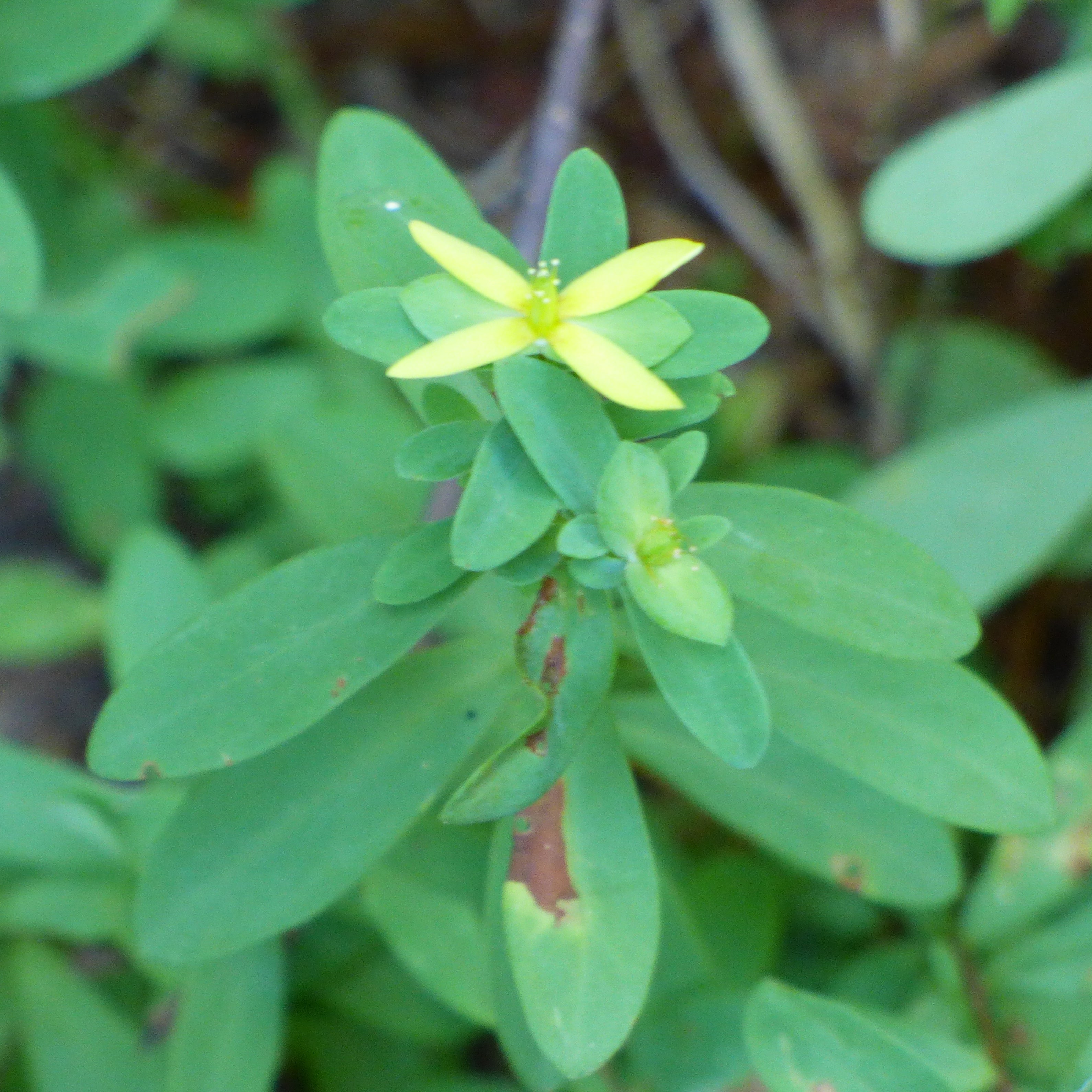 St. Andrew’s Cross Plant – Can You Grow St. Andrew’s Cross In Gardens
St. Andrew’s Cross Plant – Can You Grow St. Andrew’s Cross In GardensSt. Andrew?s cross plant is named for the bright yellow, cross-shaped flowers that appear from early summer until autumn. Growing St. Andrew?s cross in gardens isn?t difficult. Click the following article and learn how to grow St. Andrew?s cross wildflowers.
By Mary H. Dyer
-
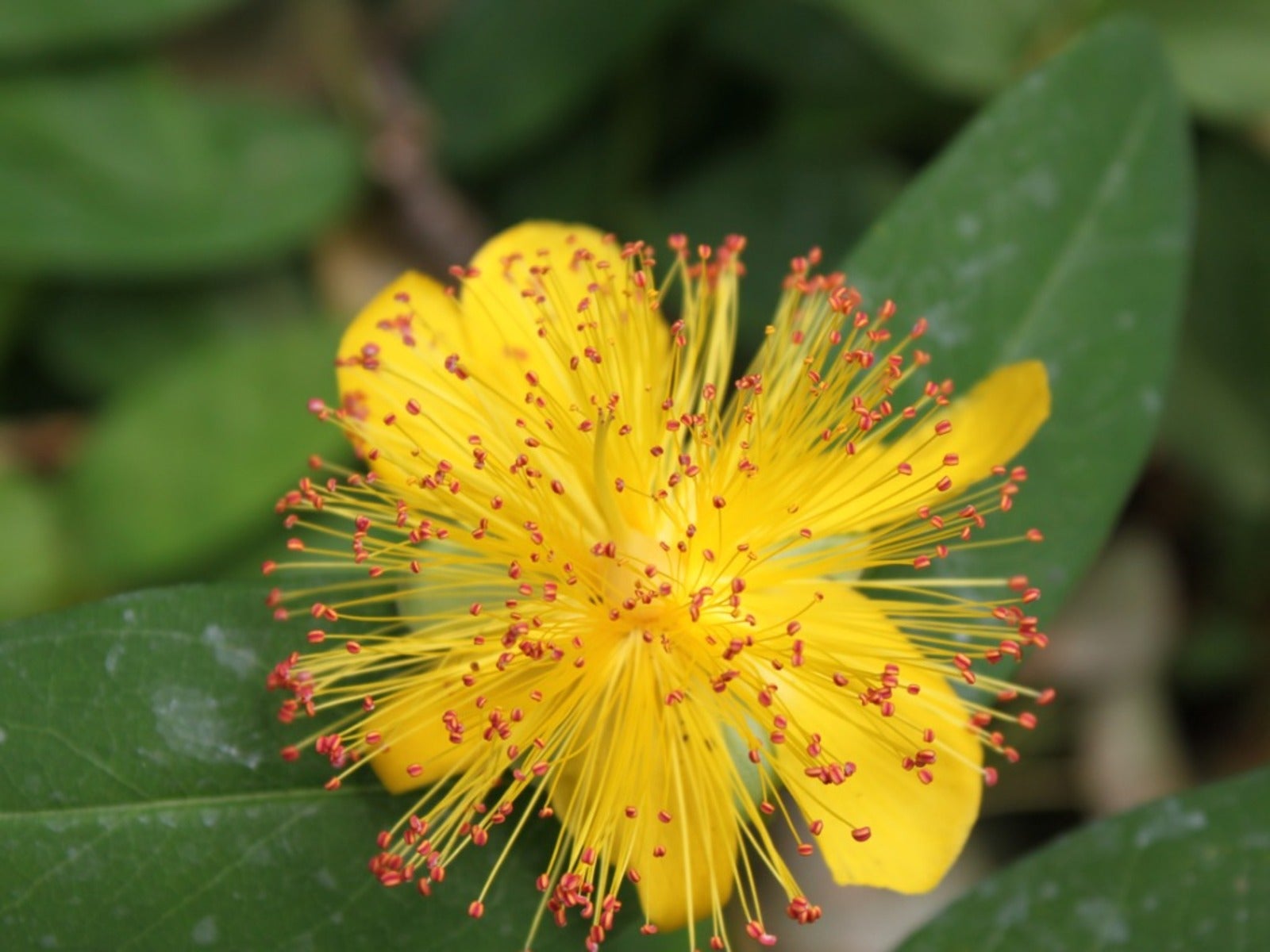 Tips On St. John’s Wort Pruning: When To Cut Back St. John’s Wort
Tips On St. John’s Wort Pruning: When To Cut Back St. John’s WortSt. John's flowers more prolifically if you prune it once a year. Click here for information about St. John's wort pruning.
By Teo Spengler
-
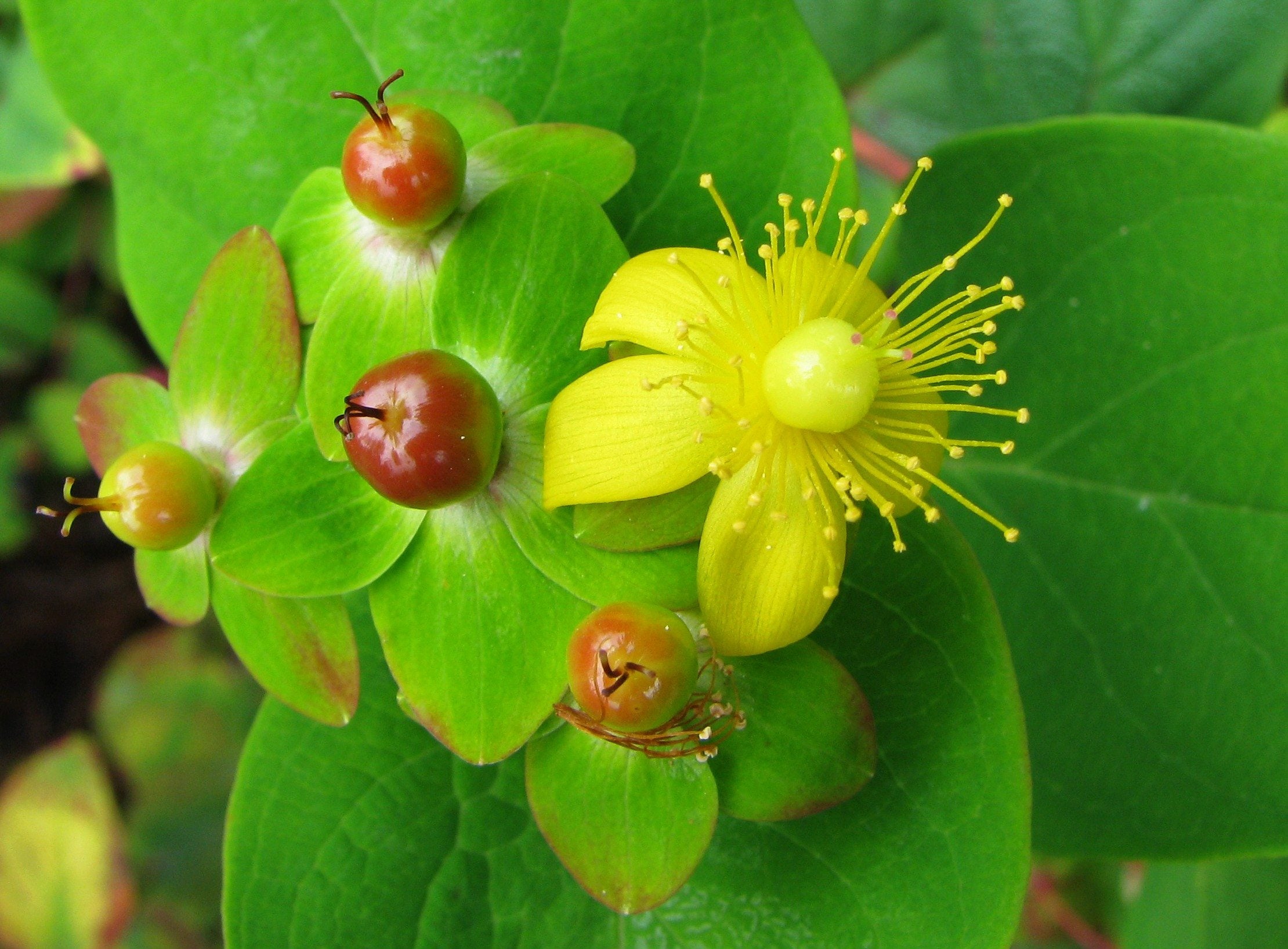 Growing Tutsan Shrubs: Tips On Tutsan Care In The Garden
Growing Tutsan Shrubs: Tips On Tutsan Care In The GardenTutsan is the larger flowered variety of Hypericum, or St. John's Wort. It is a spectacular deciduous flowering shrub that makes its best showing in June to August with large attractive berries following into September. Learn more in this article.
By Bonnie L. Grant
-
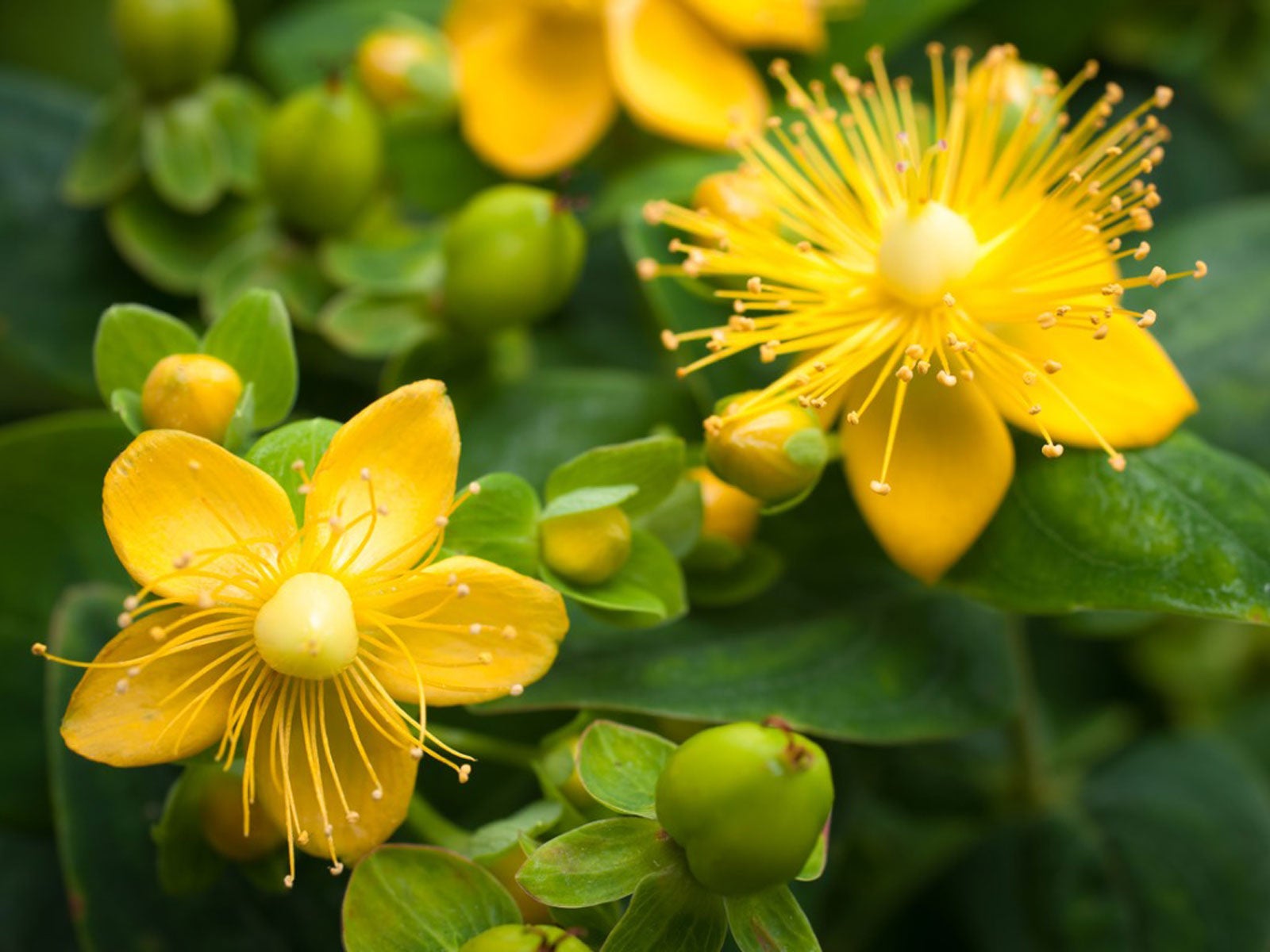 St. John's Wort Plant Care: How To Grow St. John's Wort
St. John's Wort Plant Care: How To Grow St. John's WortSt. John's wort is a pretty little shrub with cheery yellow flowers. Plant care is a snap, and this article will show just how easy it is to grow them.
By Jackie Carroll